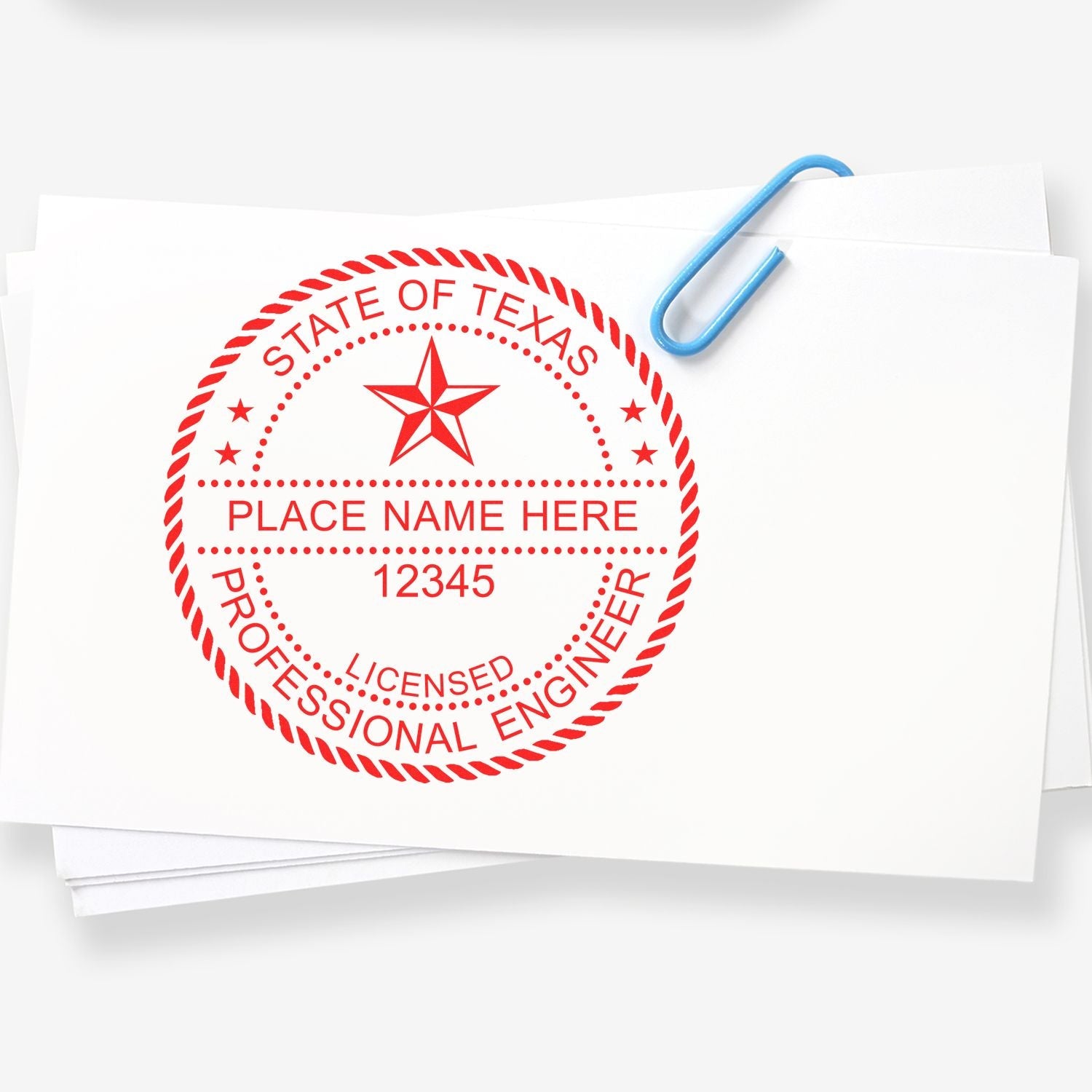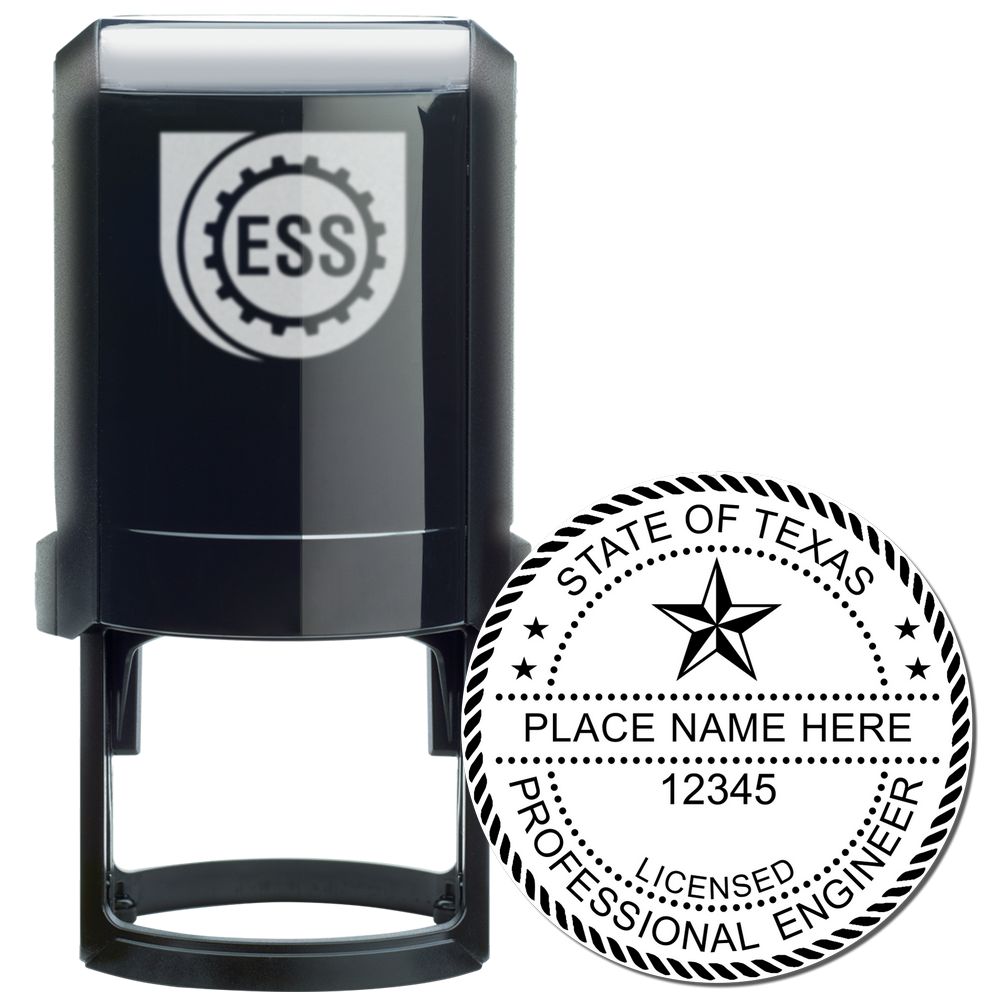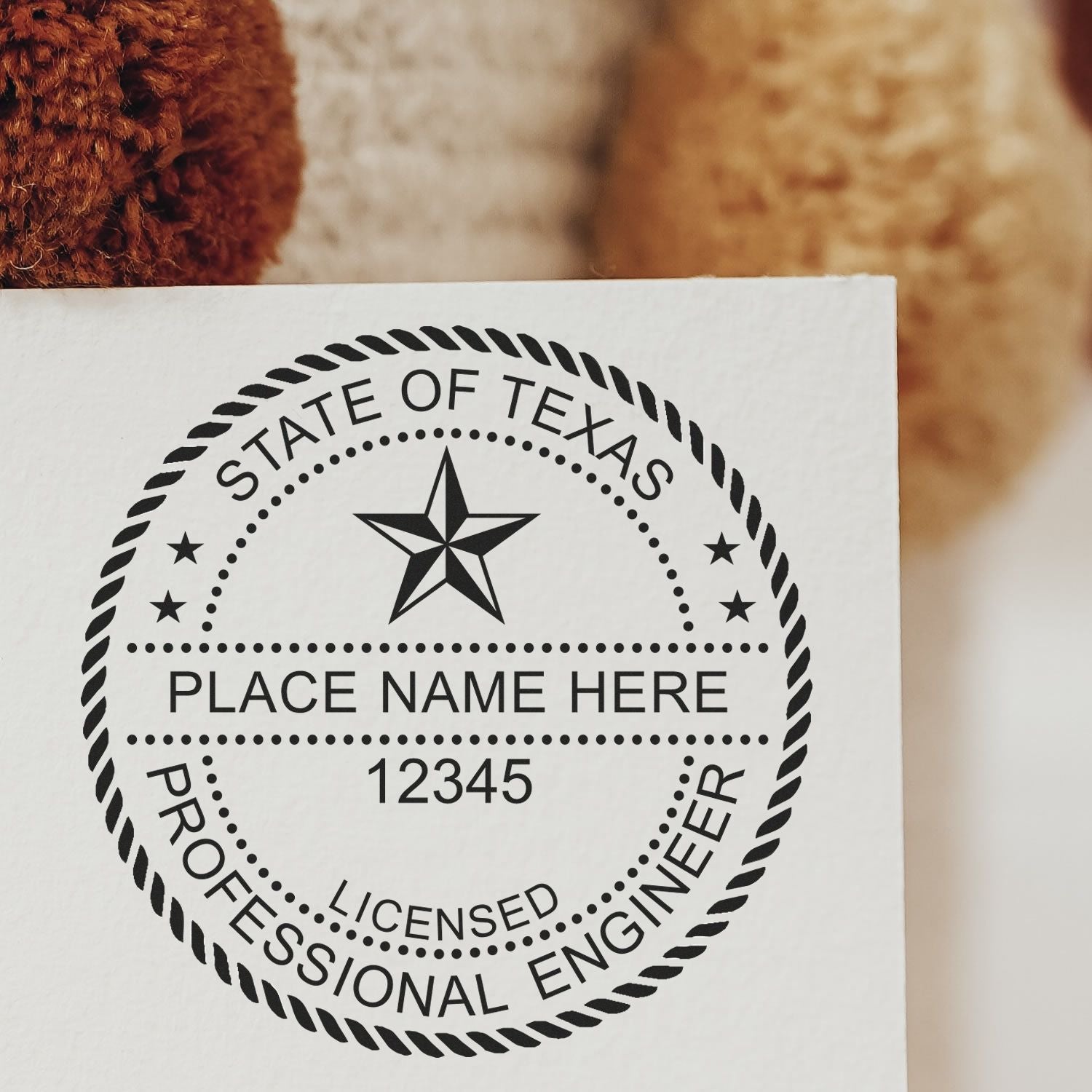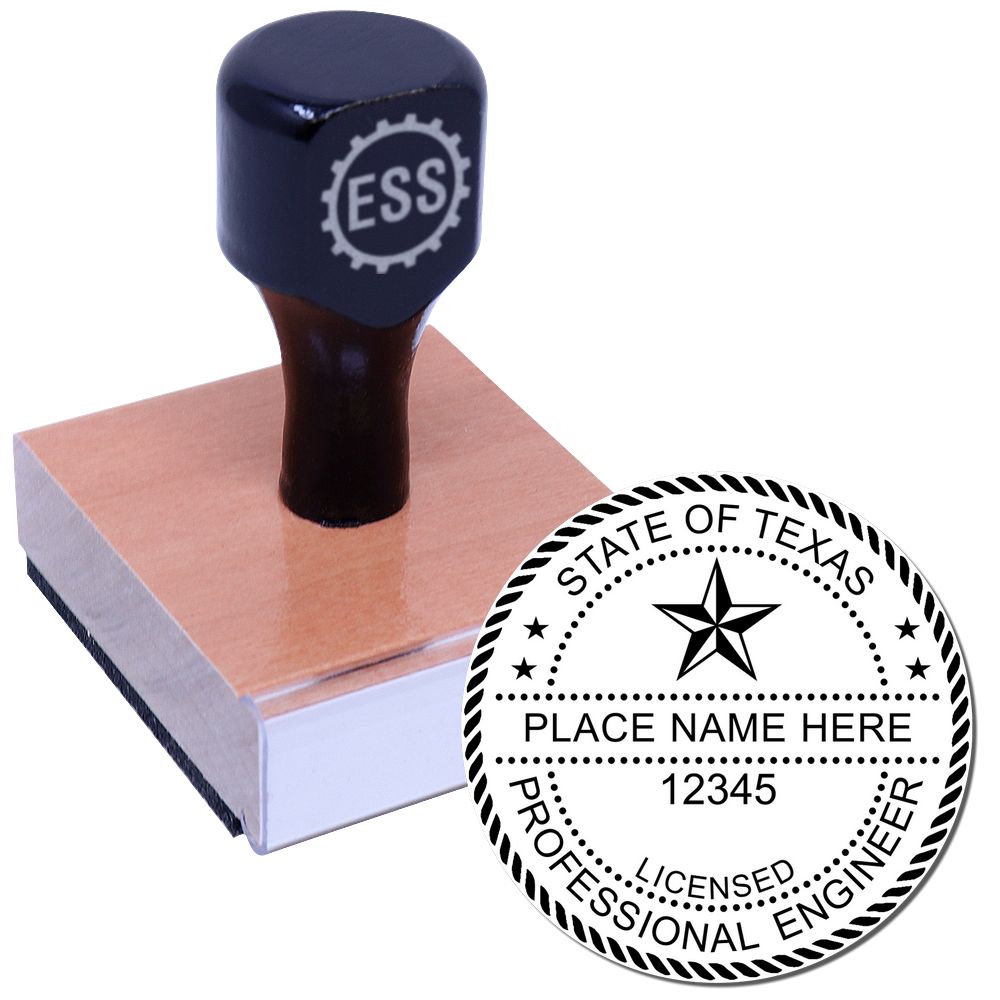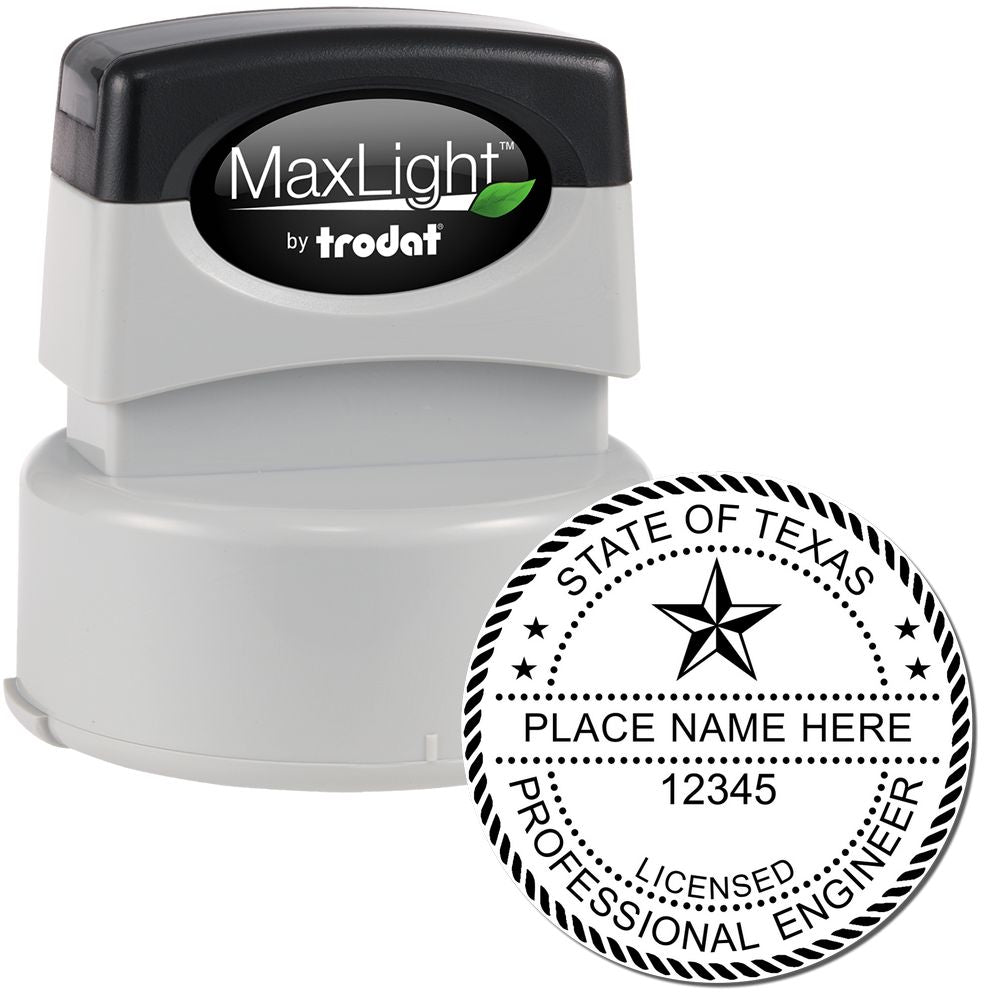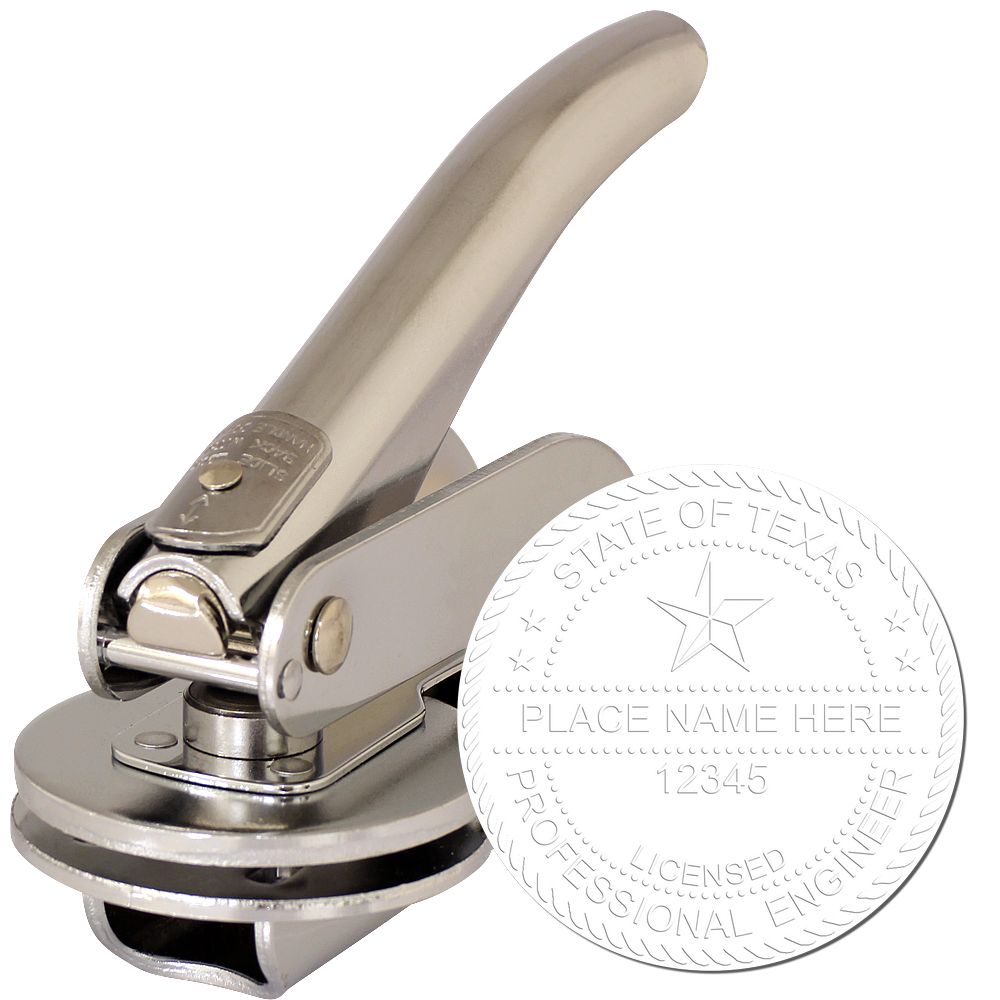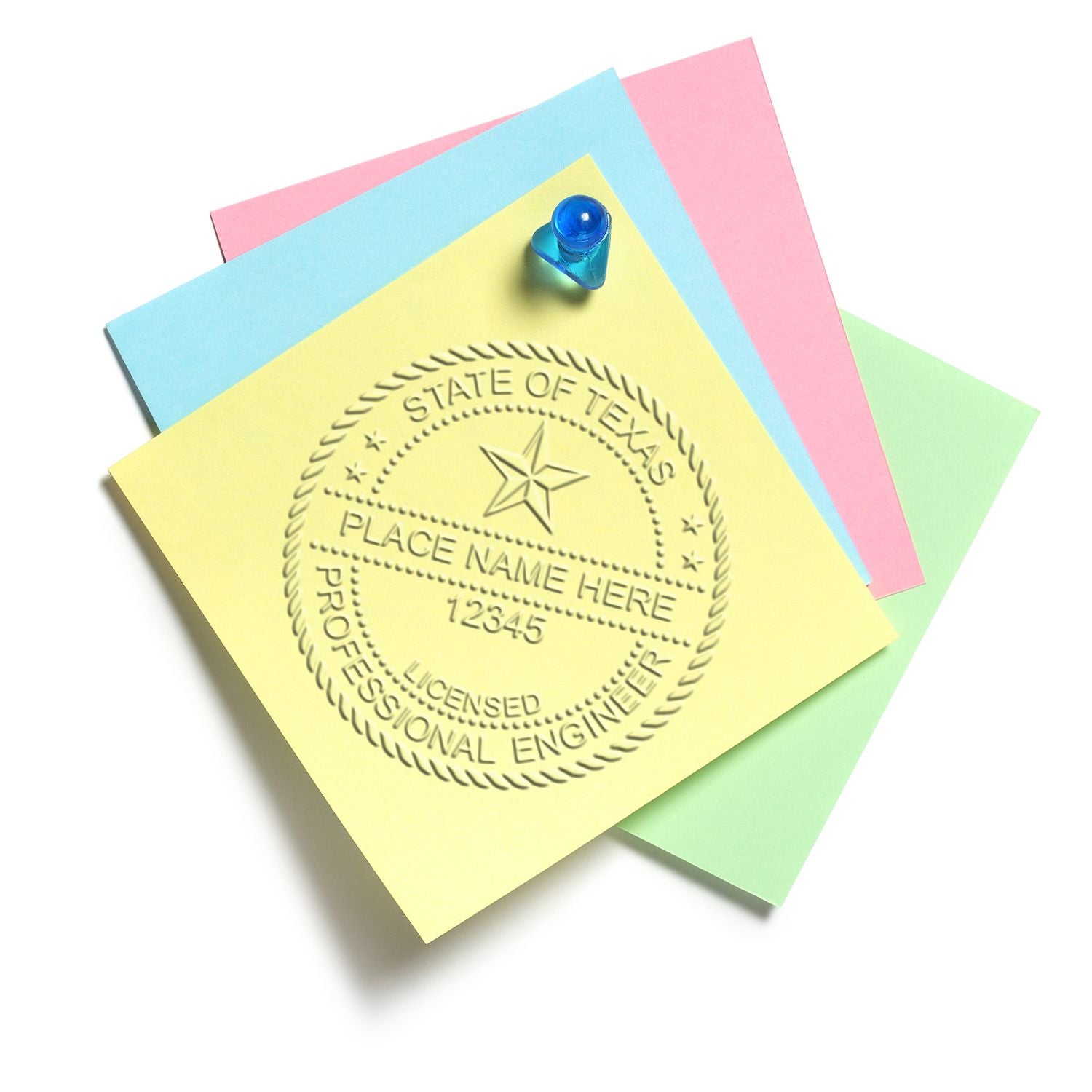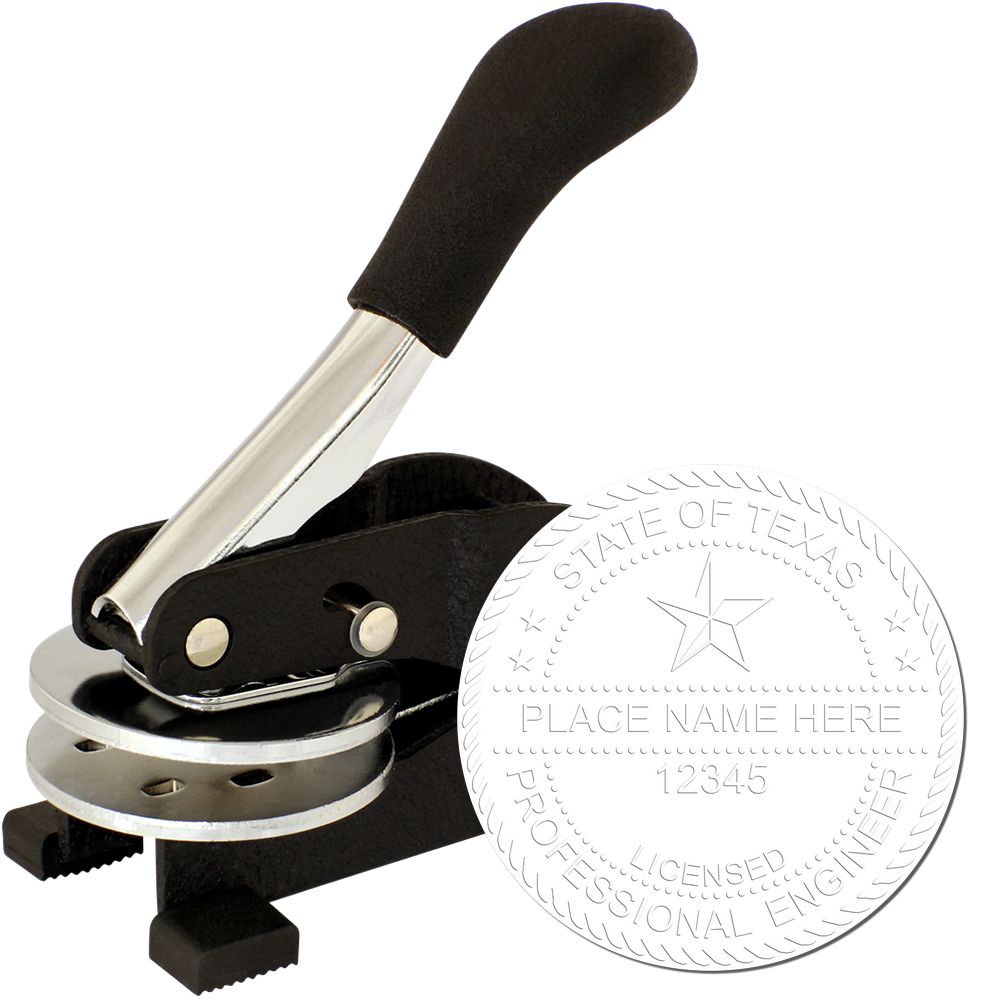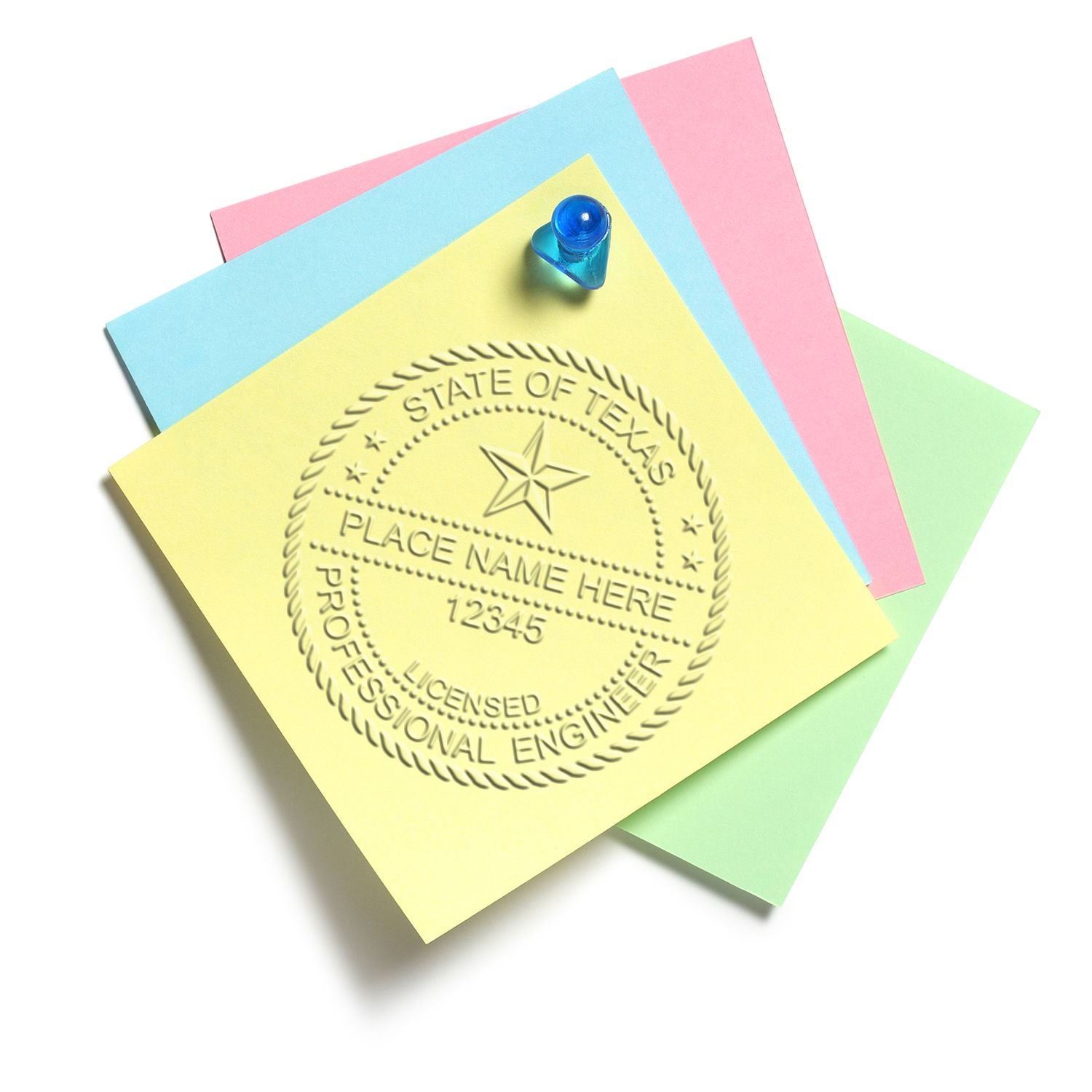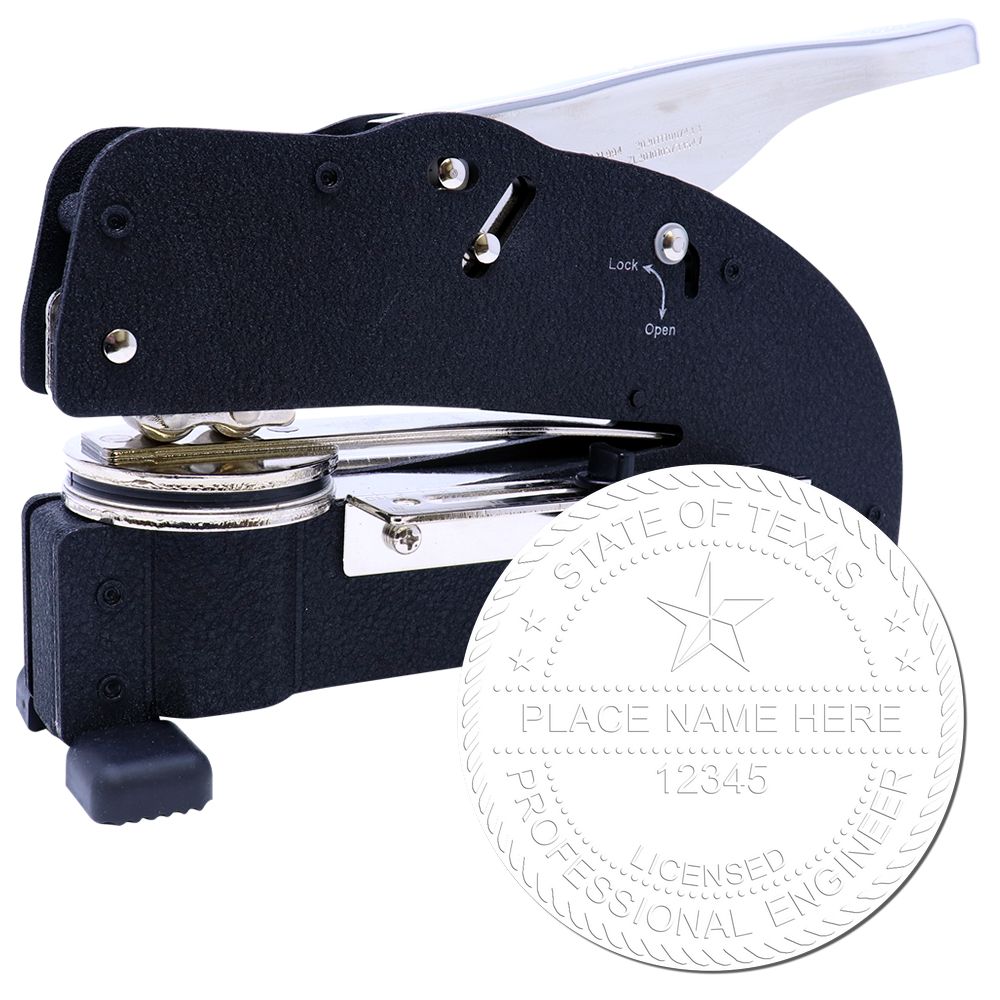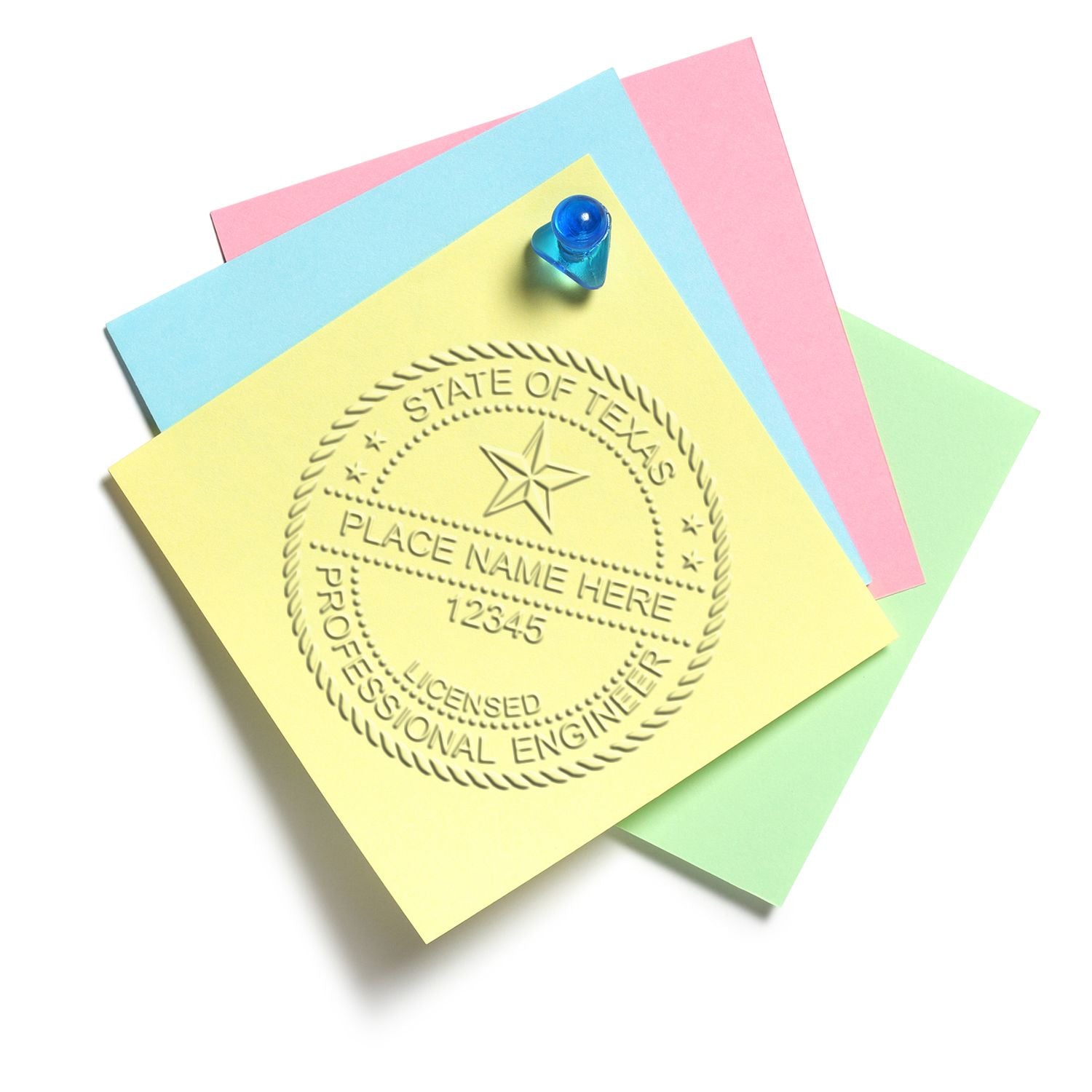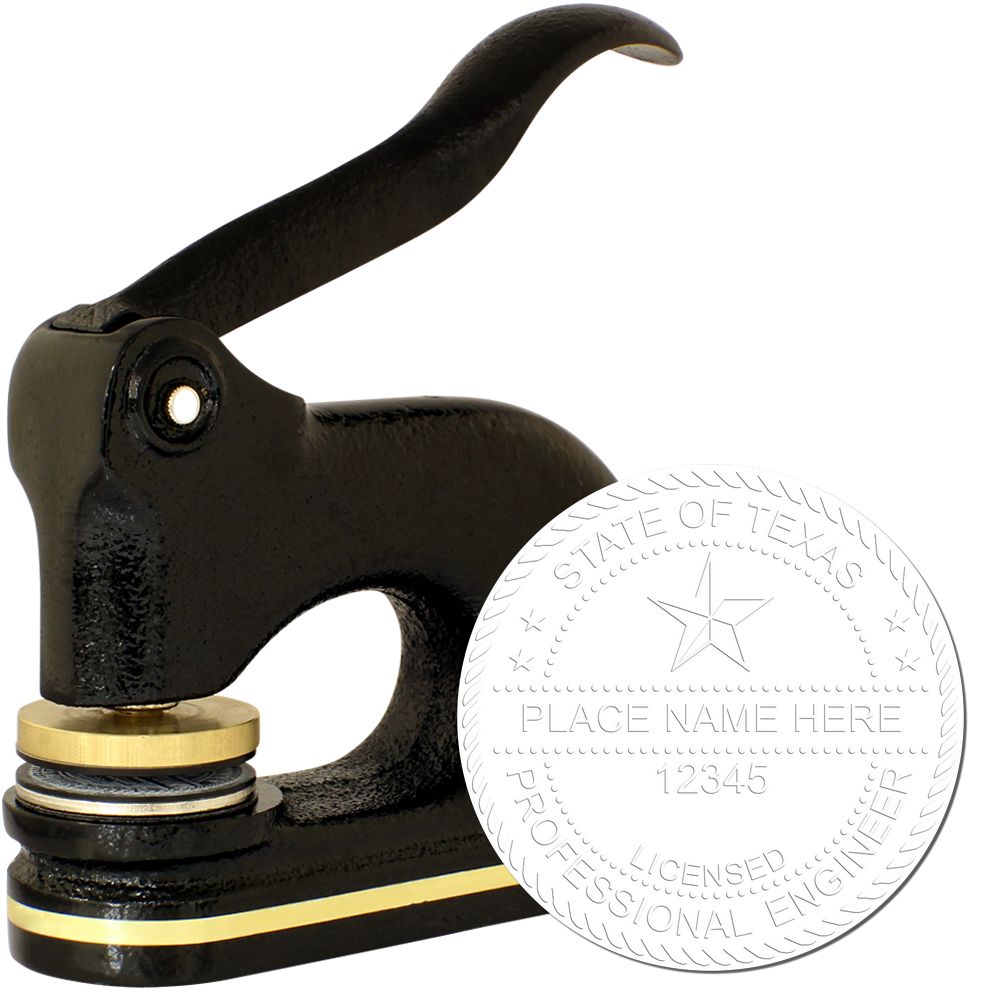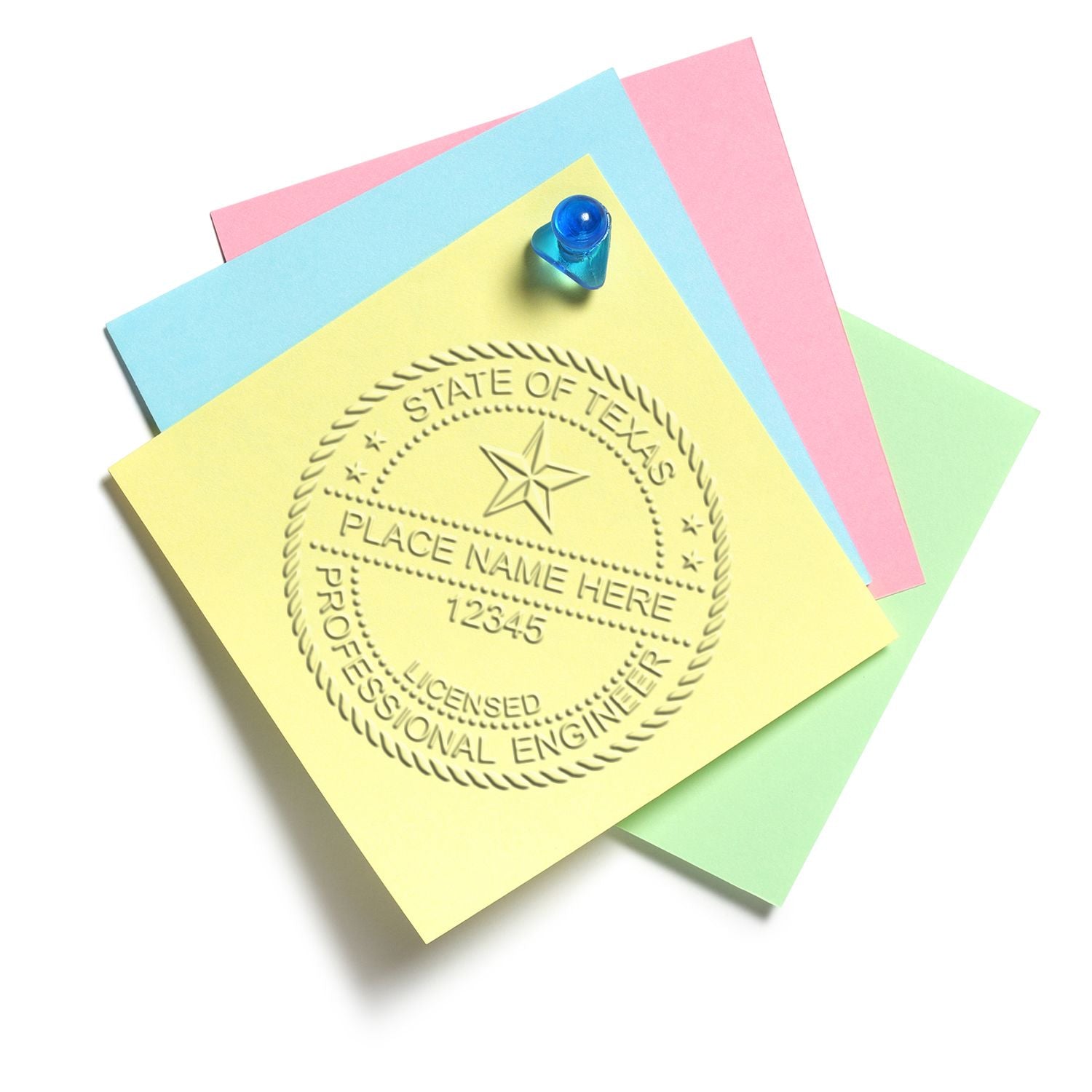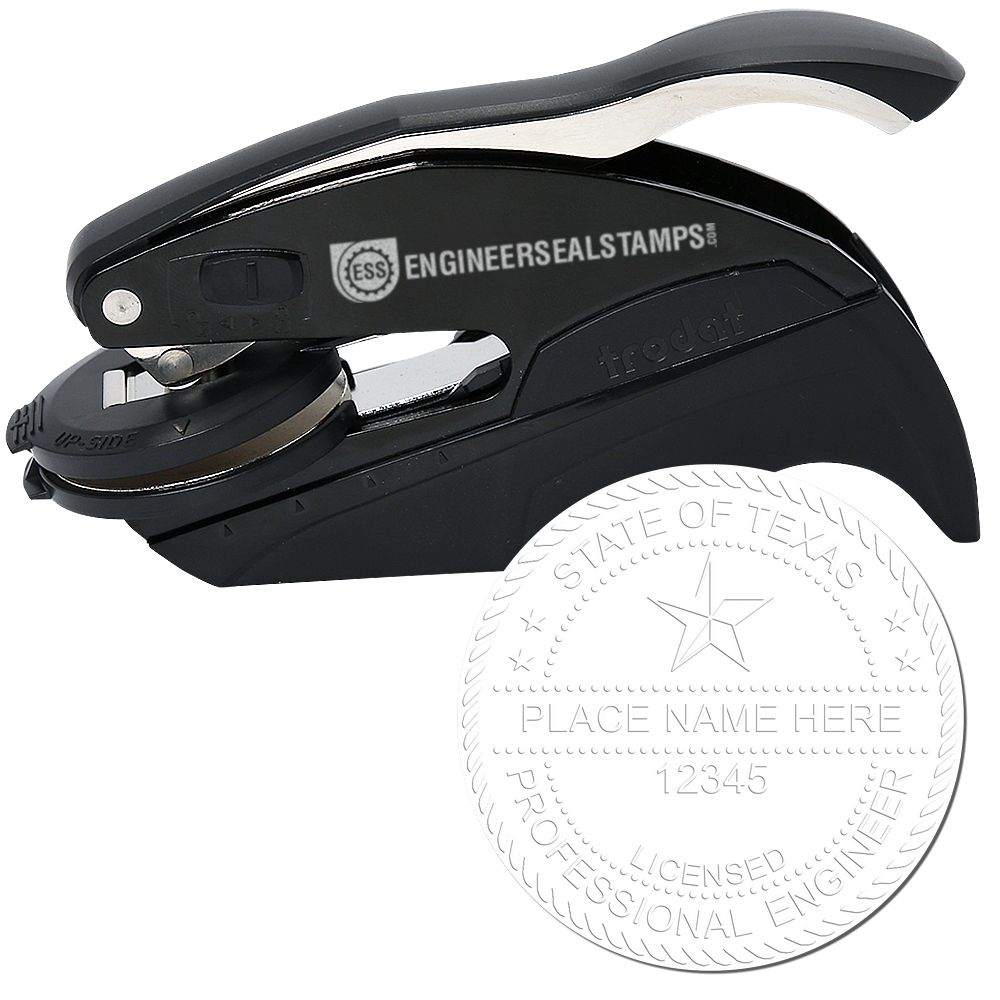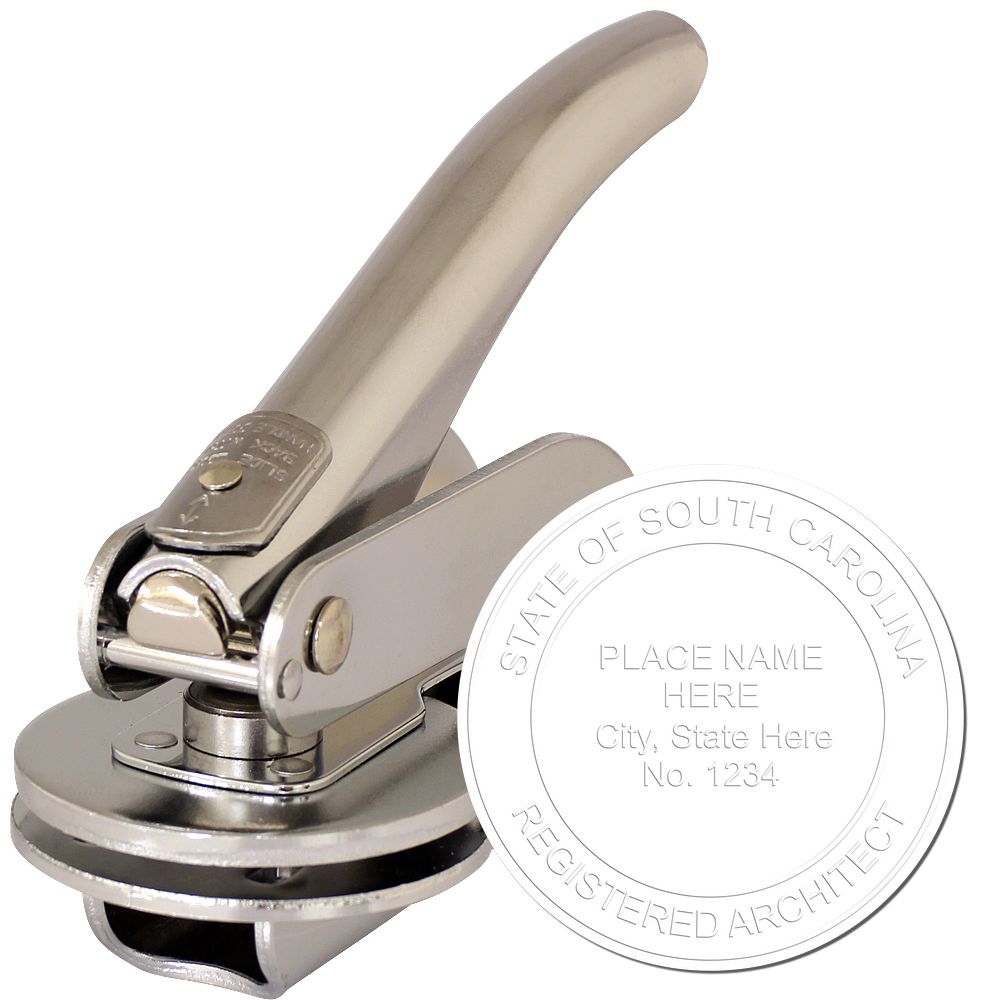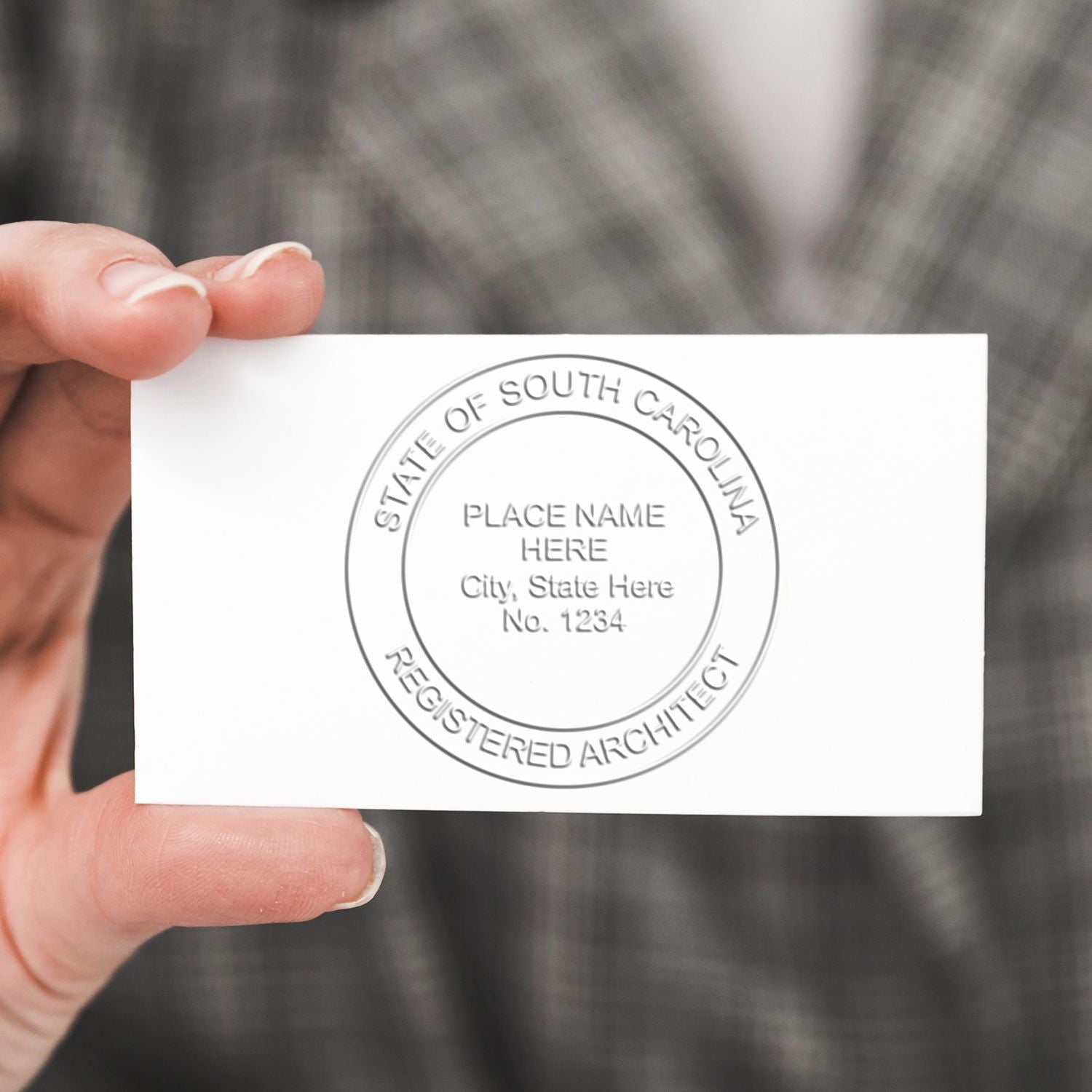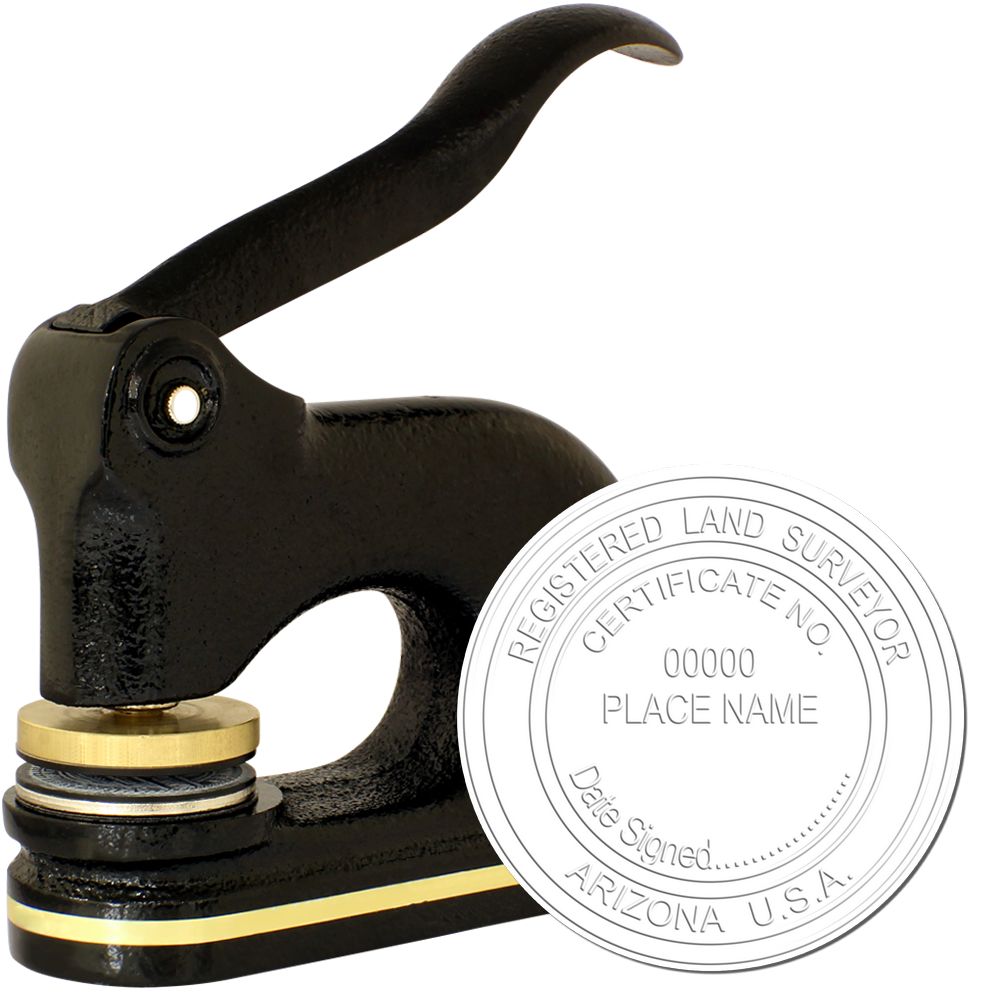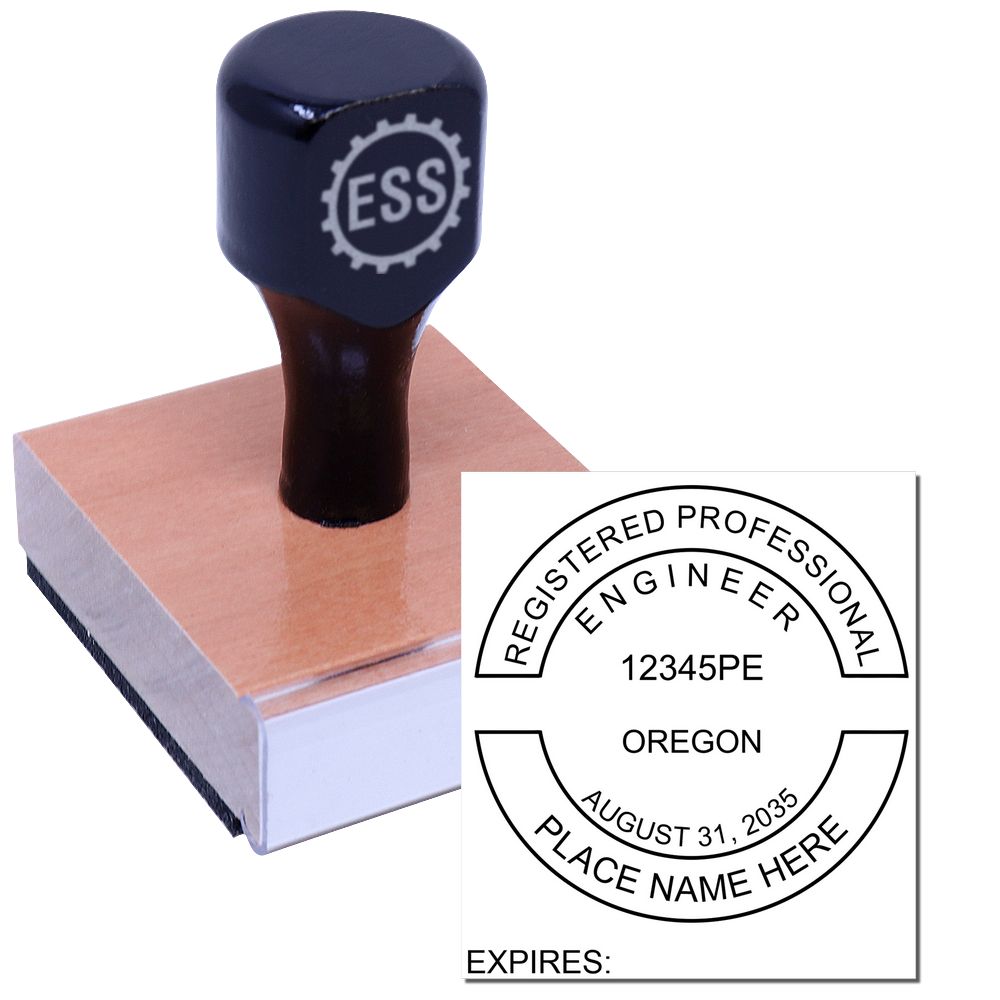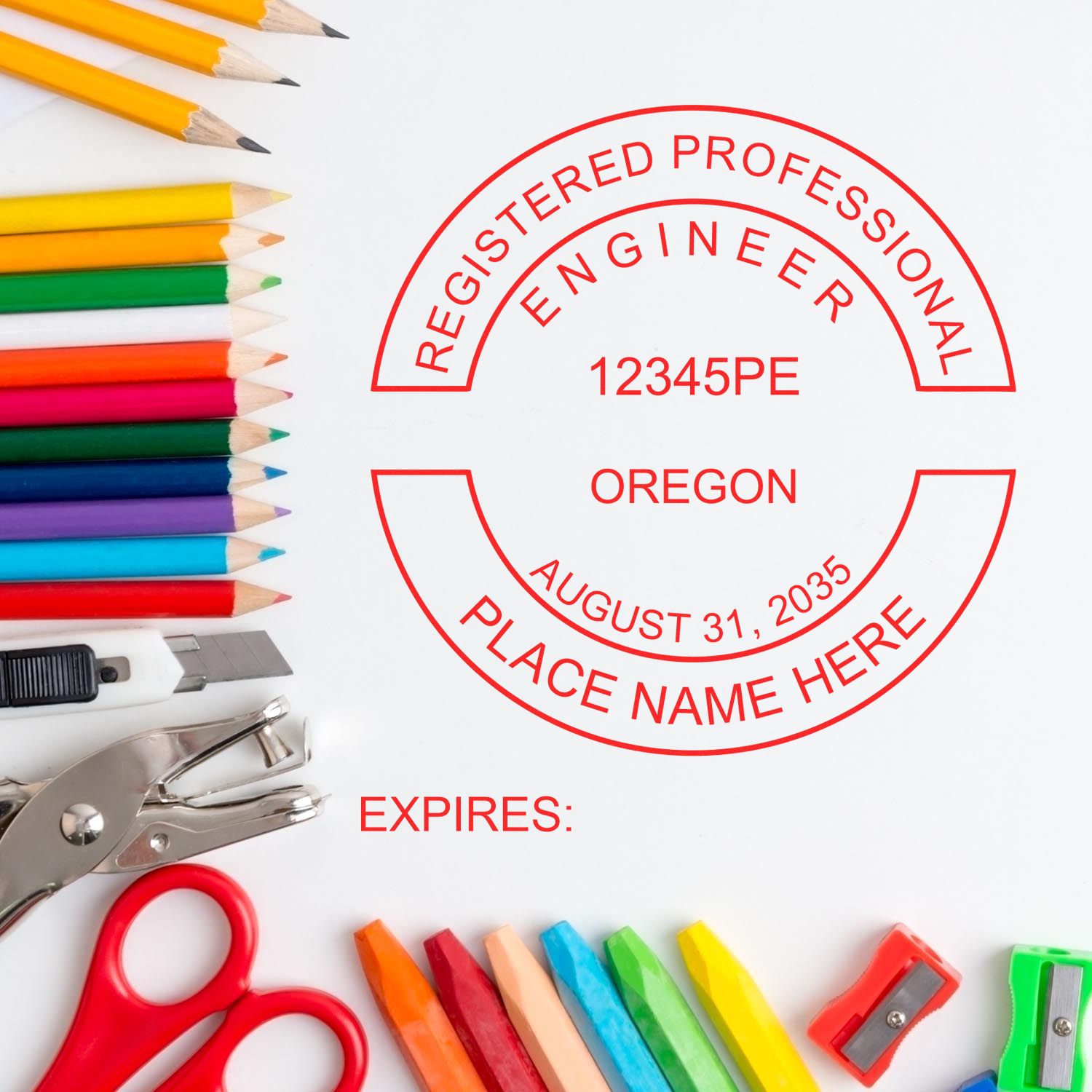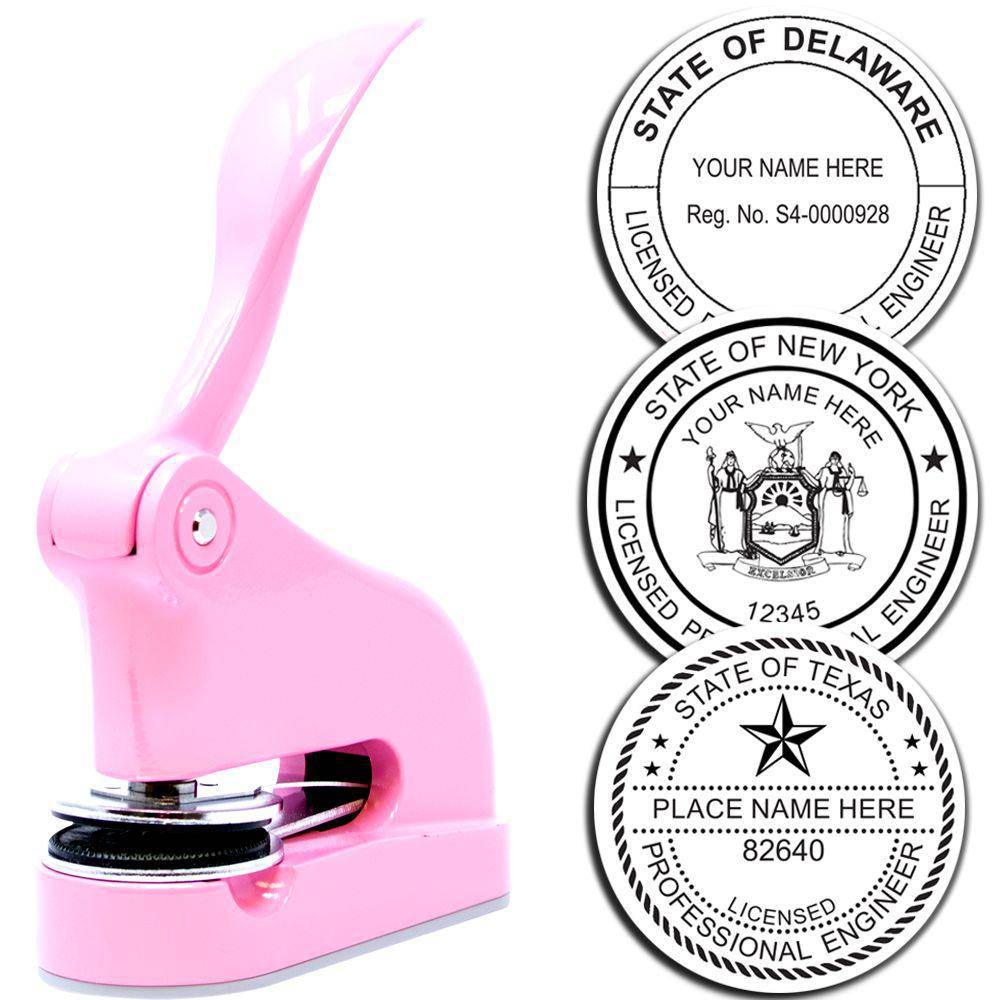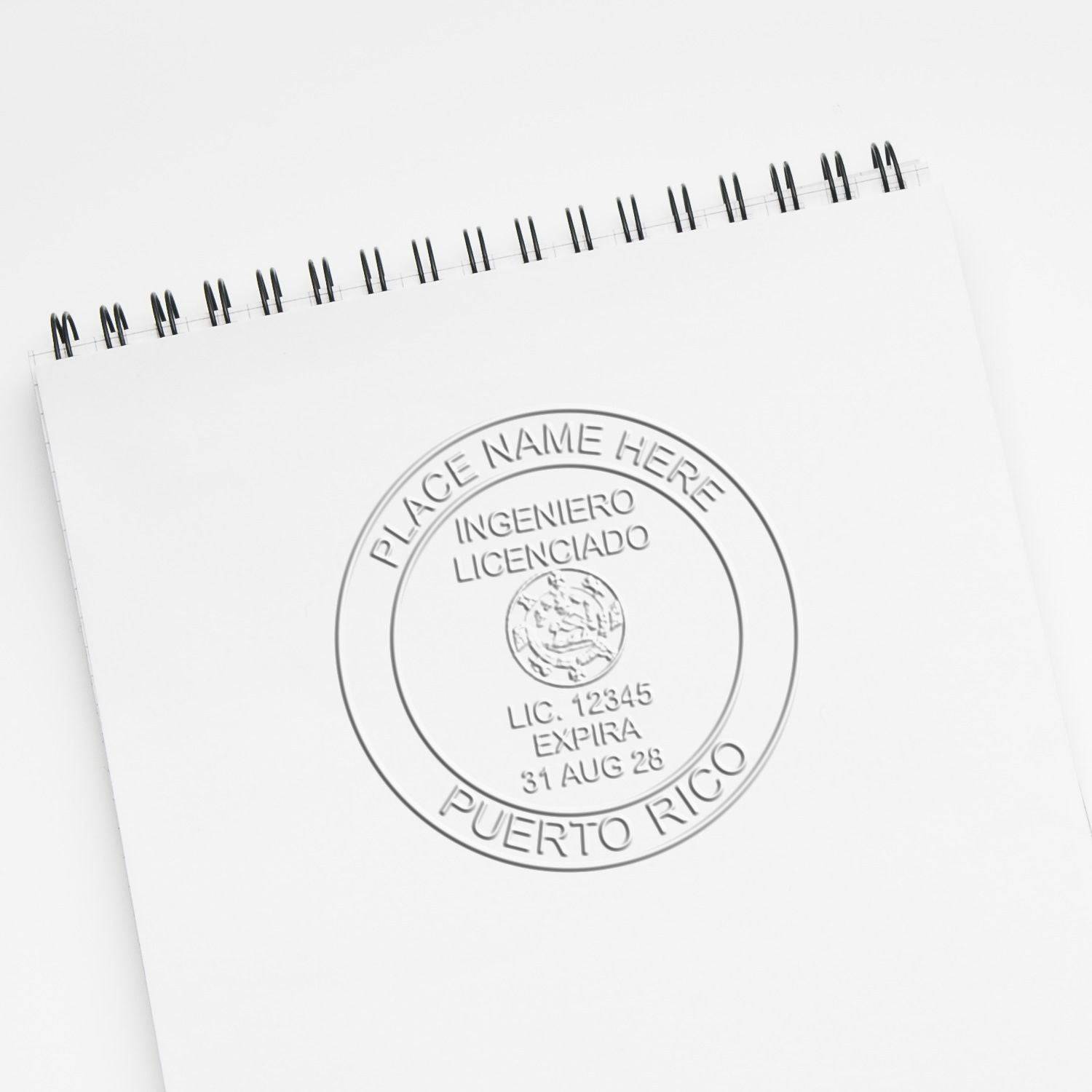Introduction to Texas PE Stamp Regulations
In the state of Texas, PE stamps (Professional Engineer stamps) play a crucial role in ensuring compliance with engineering regulations and maintaining the highest standards of professionalism and safety. These stamps serve as a mark of approval from licensed professional engineers, certifying their involvement and responsibility for the engineering work performed. This section will provide an introduction to the importance of PE stamps in Texas and an overview of the regulations surrounding their use.
Importance of PE Stamps in Texas
PE stamps hold significant importance in the engineering field in Texas. They serve as a visual representation of the engineer's expertise and authorization to engage in professional engineering practices. PE stamps are required for various engineering documents, such as plans, specifications, reports, and calculations. By affixing their PE stamp, an engineer takes accountability for the accuracy and adherence to applicable codes and standards.
The use of a PE stamp provides confidence to clients, regulatory bodies, and the public that the engineering work has been performed by a qualified professional who is held to a high standard of ethics and competence. It signifies that the engineer has met the necessary educational requirements, passed the required examinations, and possesses the skills and knowledge needed to ensure public safety and welfare.
Overview of Texas PE Stamp Regulations
Texas has established specific regulations regarding the use of PE stamps to safeguard the interests of the public. These regulations are enforced by the Texas Board of Professional Engineers (TBPE), which oversees the licensure and regulation of professional engineers in the state.
The regulations outline the requirements for obtaining and using a PE stamp, as well as the responsibilities and obligations of licensed professional engineers. Adhering to these regulations is essential for maintaining the integrity of the engineering profession and ensuring compliance with Texas Engineering Practice Act and other relevant statutes.
To gain a deeper understanding of the Texas PE stamp regulations, it is important to explore the role of the Texas Board of Professional Engineers and the licensing requirements for professional engineers. For more information about the specific requirements and guidelines for using a PE stamp in Texas, you can refer to our article on Texas PE stamp requirements.
Understanding the importance of PE stamps and the regulatory framework surrounding their use is vital for engineers practicing in Texas. It ensures that they meet the necessary qualifications, adhere to professional standards, and fulfill their responsibilities to protect the public welfare.
Understanding the Texas Board of Professional Engineers
The Texas Board of Professional Engineers plays a vital role in regulating the engineering profession within the state. This section will provide an overview of the board's role and the licensing requirements for professional engineers.
Role of the Texas Board of Professional Engineers
The Texas Board of Professional Engineers (TBPE) is responsible for ensuring the competence and integrity of licensed professional engineers in the state of Texas. Their primary objective is to protect the public by regulating the practice of engineering and enforcing the Texas Engineering Practice Act.
The TBPE sets standards for professional engineering practice, establishes licensing requirements, and oversees the ethical conduct of engineers. They also handle complaints and disciplinary actions against licensed engineers who violate the rules and regulations set forth by the board. By upholding high standards and promoting public safety, the TBPE maintains the integrity of the engineering profession in Texas.
Licensing Requirements for Professional Engineers
To practice engineering in Texas, individuals must obtain a license from the Texas Board of Professional Engineers. The licensing requirements ensure that engineers have the necessary education, experience, and competence to perform their duties effectively and safely.
The general requirements for obtaining a professional engineer (PE) license in Texas include:
-
Education: Applicants must have a bachelor's degree in engineering from an accredited institution or have equivalent qualifications as determined by the board.
-
Fundamentals of Engineering (FE) Exam: As a prerequisite for licensure, individuals must pass the FE exam, which tests their knowledge of engineering fundamentals.
Save 20%
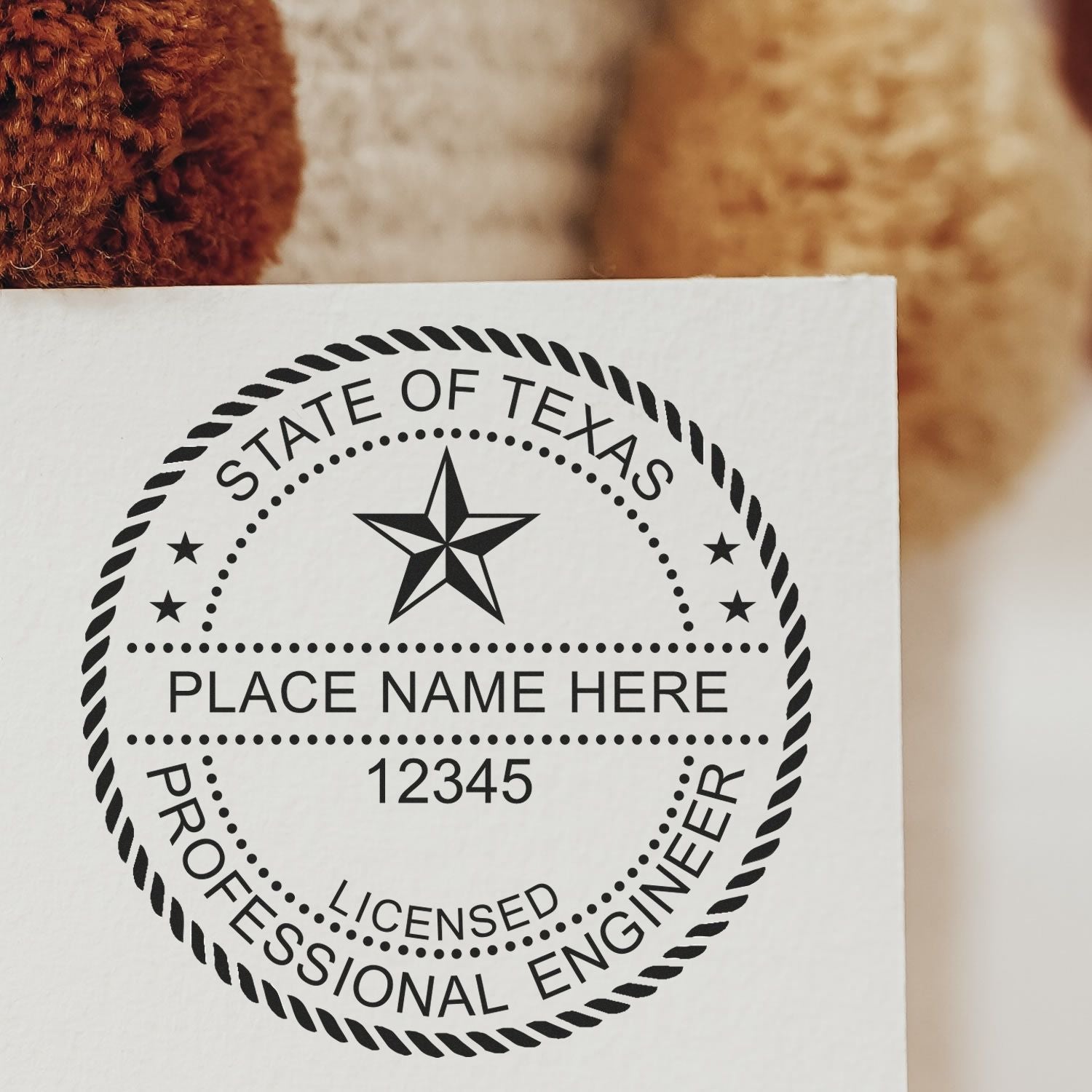 Digital Texas PE Stamp, Electronic Seal for Texas Engineer, 6 Files3008ENG-TXSale price$20.00 Regular price$25.00
Digital Texas PE Stamp, Electronic Seal for Texas Engineer, 6 Files3008ENG-TXSale price$20.00 Regular price$25.00 -
Experience: Applicants must gain a minimum of four years of engineering experience, with at least one year of experience being under the direct supervision of a licensed professional engineer.
-
Professional Practice Exam: Once the educational and experience requirements are met, individuals must pass the Professional Practice Exam (PPE) administered by the TBPE.
-
Ethics Exam: As of September 1, 2019, all new applicants for licensure must also pass an ethics exam approved by the board.
By fulfilling these requirements and obtaining a license from the Texas Board of Professional Engineers, individuals demonstrate their commitment to upholding the highest standards of professionalism and competence in the field of engineering.
For more information on specific requirements and guidelines for obtaining a PE license in Texas, refer to our article on Texas PE stamp requirements.
Understanding the role of the Texas Board of Professional Engineers and the licensing requirements for professional engineers is essential when considering the regulations surrounding the use of a Texas PE stamp. In the following sections, we will delve further into the specific regulations and criteria for using a PE stamp in Texas.
Texas PE Stamp Regulations
To ensure compliance with engineering standards and regulations, it is important to understand the Texas PE stamp regulations. This section will cover the definition and purpose of the PE stamp, discuss when a PE stamp is required, and explain the process of designating the responsible engineer.
Definition and Purpose of the PE Stamp
The PE stamp, or Professional Engineer stamp, is a seal used by licensed professional engineers in Texas. The purpose of the PE stamp is to certify that engineering documents, plans, or designs have been prepared, reviewed, and approved by a qualified professional engineer. The stamp signifies that the work has been conducted in compliance with applicable laws, regulations, and industry standards.
The PE stamp typically includes the engineer's name, license number, and the phrase "Licensed Professional Engineer, State of Texas." It serves as a visual representation of the engineer's professional credentials and signifies their accountability for the work performed.
When is a PE Stamp Required?
In Texas, a PE stamp is required for engineering documents that involve the public welfare or safeguarding of life, health, property, or the environment. This includes engineering plans, specifications, reports, or other documents that are submitted to public authorities, clients, or used for construction purposes.
Some specific instances where a PE stamp is typically required include structural designs, electrical systems, plumbing systems, and other engineering disciplines. It is important to consult the Texas PE stamp requirements to ensure compliance in specific situations.
Designating the Responsible Engineer
When using a PE stamp, it is crucial to designate the responsible engineer who takes professional responsibility for the work. This engineer must be licensed in the state of Texas and have the appropriate expertise in the specific area of engineering.
The responsible engineer is accountable for ensuring that the work is performed in accordance with the relevant laws and regulations, and that it meets professional standards. They are also responsible for reviewing and approving the engineering documents before affixing the PE stamp.
It is important to note that the responsible engineer must be directly involved in the preparation and oversight of the work. They cannot simply lend their stamp to another engineer's work without adequate involvement and review.
Understanding and adhering to the Texas PE stamp regulations is essential for maintaining professional standards and compliance with the Texas Engineering Practice Act. By following these regulations, engineers can ensure the integrity and quality of their work, as well as protect the public welfare.
Criteria for Using a Texas PE Stamp
In order to utilize a Texas PE Stamp in accordance with the regulations set by the Texas Board of Professional Engineers (TBPE), there are certain criteria and requirements that must be met. This section will explore the qualifications for using a PE stamp, the scope of practice for PE stamps, and the importance of compliance with the Texas Engineering Practice Act.
Qualifications for Using a PE Stamp
To use a PE stamp in Texas, an individual must possess the appropriate qualifications. These qualifications include obtaining a professional engineering license from the TBPE. The licensing process involves meeting specific education requirements, passing the Fundamentals of Engineering (FE) exam, gaining relevant work experience, and successfully passing the Professional Engineering (PE) exam. These rigorous requirements ensure that licensed professional engineers have the knowledge and expertise necessary to practice engineering safely and effectively.
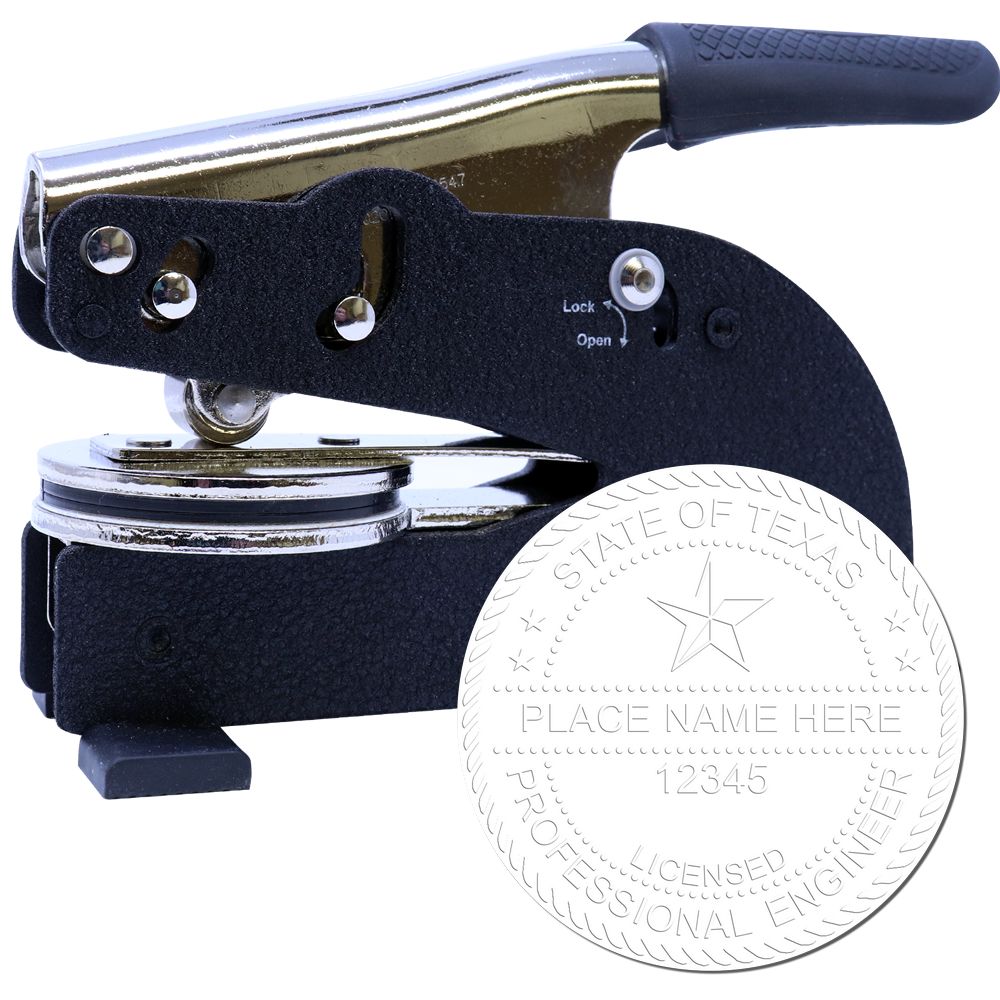
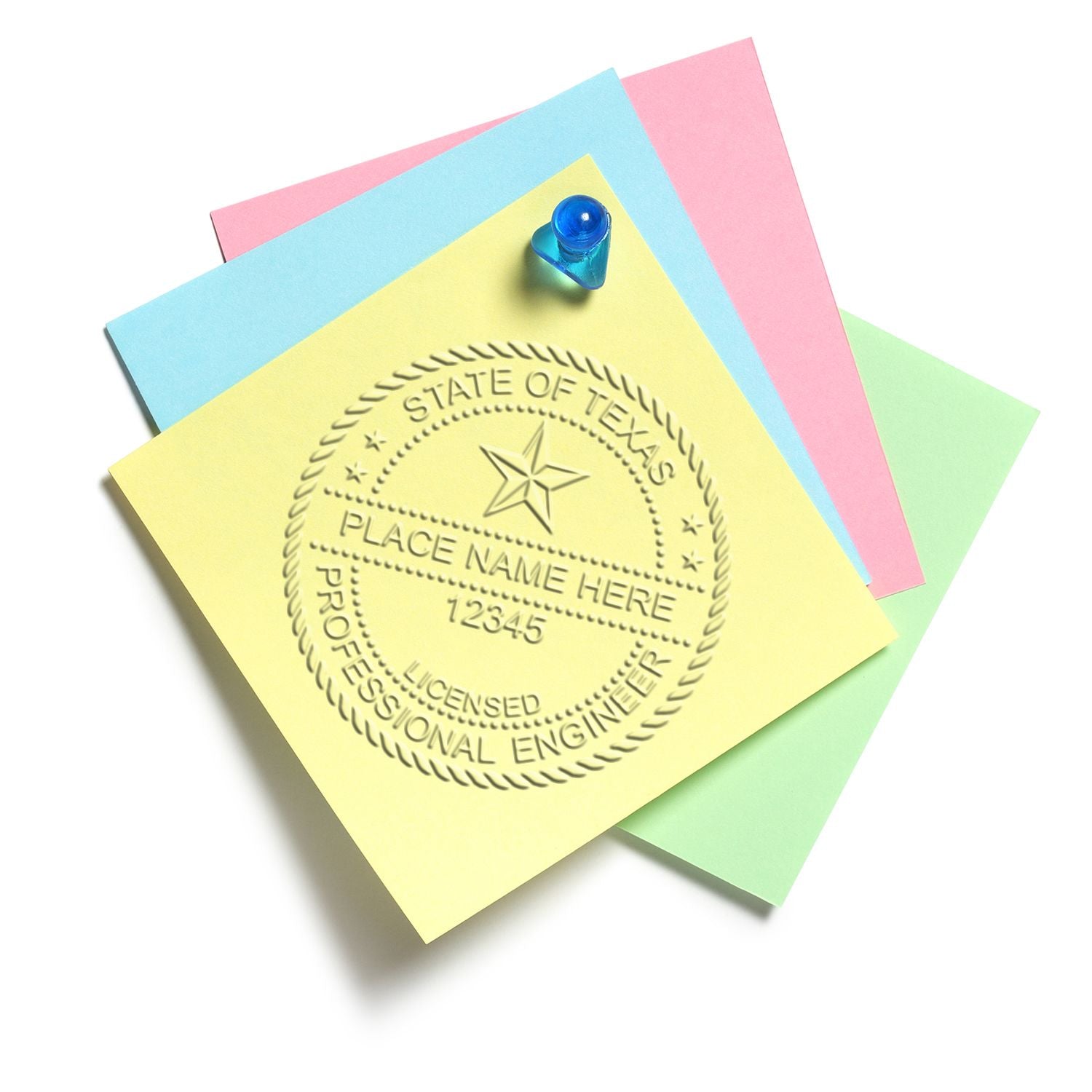
It's important to note that the use of a PE stamp is restricted to licensed professional engineers only. Unauthorized use of a PE stamp is considered a violation of the law and can result in serious consequences. For more detailed information on the specific requirements and guidelines for using a PE stamp in Texas, refer to the article on Texas PE stamp requirements.
Scope of Practice for PE Stamps
The scope of practice for PE stamps in Texas is defined by the TBPE. Professional engineers are authorized to use a PE stamp on engineering documents within their area of expertise and competence. The purpose of the PE stamp is to indicate that the document has been prepared, reviewed, and certified by a licensed professional engineer, ensuring that it meets all applicable engineering standards and regulations.
The use of a PE stamp signifies that the professional engineer takes responsibility for the engineering work presented in the document. It provides assurance to clients, regulatory bodies, and the general public that the project has been carried out with the highest level of professionalism and adherence to engineering standards.
Compliance with Texas Engineering Practice Act
Compliance with the Texas Engineering Practice Act is of utmost importance when using a PE stamp. The Texas Engineering Practice Act outlines the rules and regulations that must be followed by professional engineers practicing in the state. These regulations are designed to protect public safety and ensure the integrity of engineering work.
When using a PE stamp, it is crucial to comply with all provisions of the Texas Engineering Practice Act, including maintaining an active professional engineering license and adhering to the rules and guidelines set forth by the TBPE. Failure to comply with these regulations can result in disciplinary actions, including fines, license suspension, or revocation.
For detailed information on the guidelines and regulations related to PE stamp usage in Texas, refer to the article on Texas PE stamp guidelines. Additionally, it is essential for professional engineers to stay informed about any updates or changes in the regulations by regularly checking the TBPE's official website and subscribing to their notifications.
By understanding the qualifications for using a PE stamp, the scope of practice, and the importance of compliance with the Texas Engineering Practice Act, professional engineers can navigate the regulations effectively and ensure that their engineering work meets the required standards and regulations set by the state.
Best Practices for Compliance
To ensure compliance with Texas PE stamp regulations, it's important for professional engineers to follow best practices. These practices help maintain the integrity of the engineering profession and ensure that projects meet the required standards. Three key best practices for compliance include staying informed about regulatory updates, maintaining professional standards, and ensuring accuracy and completeness.
Staying Informed about Regulatory Updates
Regulations and requirements related to PE stamps in Texas can change over time. It's essential for professional engineers to stay informed about any updates or revisions to these regulations. This can be done by regularly checking the website of the Texas Board of Professional Engineers or subscribing to their newsletters and notifications. By staying up to date, engineers can ensure that they are aware of any changes in the requirements for using a PE stamp and avoid any potential compliance issues. For more information on Texas PE stamp requirements, you can refer to our article on texas pe stamp requirements.
Maintaining Professional Standards
Maintaining professional standards is crucial for engineers using PE stamps in Texas. Professional engineers should adhere to the highest ethical and technical standards while carrying out their work. This includes following the guidelines set by professional engineering organizations and associations. By upholding professional standards, engineers can ensure that their work meets the necessary requirements and that they are prepared to take on the responsibilities associated with using a PE stamp. For more guidance on using a PE stamp in Texas, you can refer to our article on texas pe stamp guidelines.
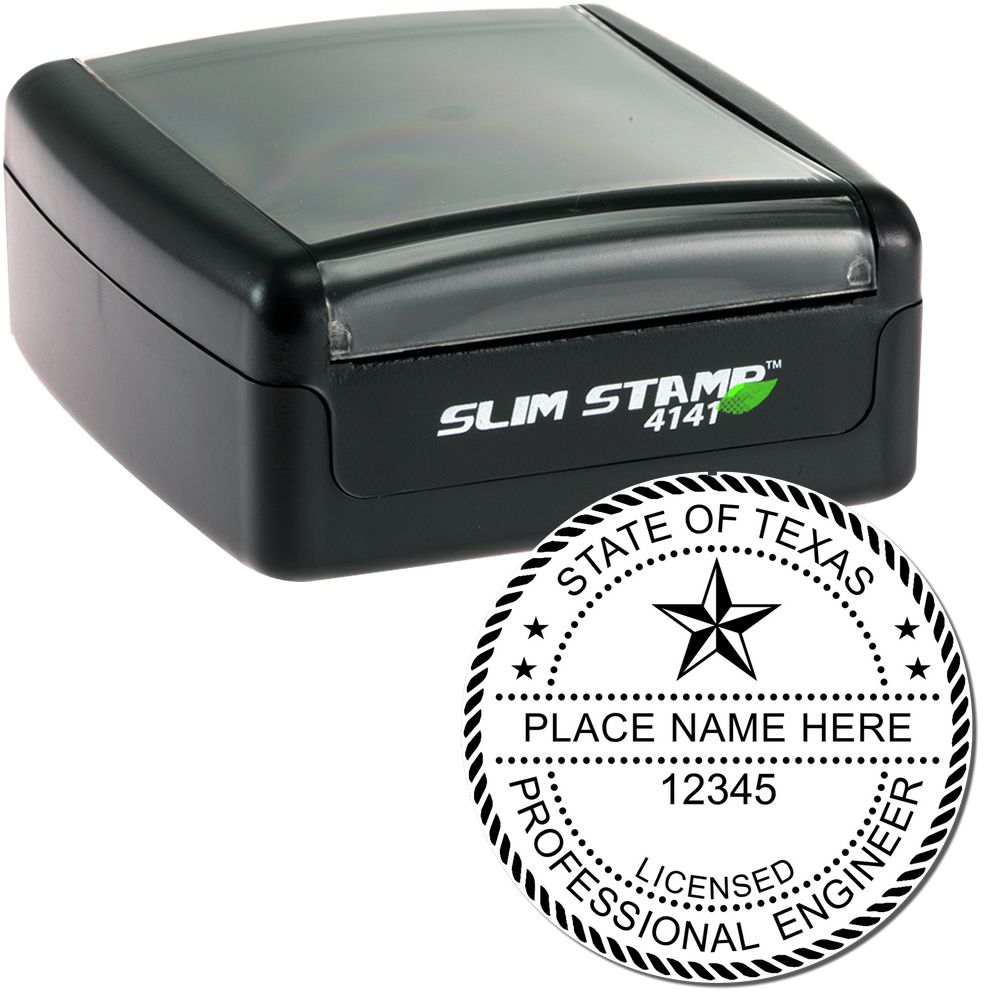

Ensuring Accuracy and Completeness
When using a PE stamp in Texas, it is essential to ensure that all engineering documents and plans are accurate and complete. Professional engineers should carefully review their work, verifying that it complies with the relevant codes, regulations, and standards. This includes conducting thorough calculations, performing detailed inspections, and maintaining clear and precise documentation. By ensuring accuracy and completeness, engineers can demonstrate their commitment to delivering safe and high-quality engineering projects. It's also important to be aware of the expiration date of the PE stamp and follow the necessary procedures for renewal. You can find more information on this topic in our article on texas pe stamp expiration and texas pe stamp renewal.
By following these best practices, professional engineers can navigate the Texas PE stamp regulations with confidence and ensure that their work aligns with the required standards. Staying informed, maintaining professional standards, and ensuring accuracy and completeness are essential steps in achieving compliance and upholding the integrity of the engineering profession.
Conclusion
Understanding and adhering to Texas PE stamp regulations is essential for professional engineers practicing in Texas. The PE stamp serves as a symbol of competence, accountability, and compliance with the state's engineering practice standards.
Throughout this article, we have explored the importance of PE stamps in Texas, the role of the Texas Board of Professional Engineers, and the criteria for using a PE stamp. We have also discussed best practices for compliance, including staying informed about regulatory updates, maintaining professional standards, and ensuring accuracy and completeness in engineering documents.
By familiarizing yourself with the Texas PE stamp requirements and guidelines, you can ensure that your engineering work meets the necessary standards and regulations. It is crucial to remember that the responsibility lies with the professional engineer to use the PE stamp appropriately and designate the responsible engineer for each project.
As regulations and requirements may change over time, it is important to stay up-to-date with any updates from the Texas Board of Professional Engineers. Regularly reviewing their website or subscribing to relevant newsletters can help you stay informed about any changes regarding Texas PE stamp expiration or renewal.
As a professional engineer, it is your duty to uphold the highest level of professional ethics and integrity. By following the Texas Engineering Practice Act and the guidelines provided by the Texas Board of Professional Engineers, you contribute to the safety, quality, and compliance of engineering projects in Texas.
Remember, the information provided in this article serves as a general guide and should not replace legal advice or specific requirements from the Texas Board of Professional Engineers. If you have any questions or need further clarification, it is recommended to consult with the board directly or seek professional guidance.
By understanding and complying with Texas PE stamp regulations, you can navigate the engineering landscape in Texas with confidence, ensuring that your work meets the necessary standards and regulations while upholding the integrity of the profession.
About ESS
At Engineer Seal Stamps, we are rooted in a commitment to excellence, we specialize in crafting custom rubber stamps and premium professional seals. Our intricate designs are not just mere impressions; they are the emblem of precision, meeting the stringent standards approved by the state board. At ESS, we understand the urgency of today's fast-paced world, which is why we prioritize swift shipping without compromising on the quality and finesse of our products. When you choose ESS, you're not just getting a stamp; you're gaining a reliable partner who values your profession as much as you do. Join the community of professionals who won't settle for anything less than the best—choose ESS.

